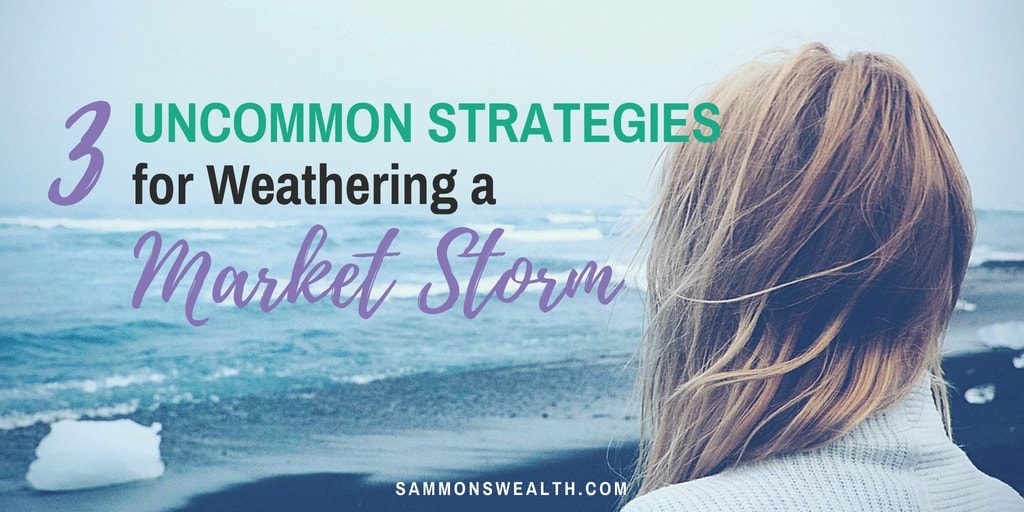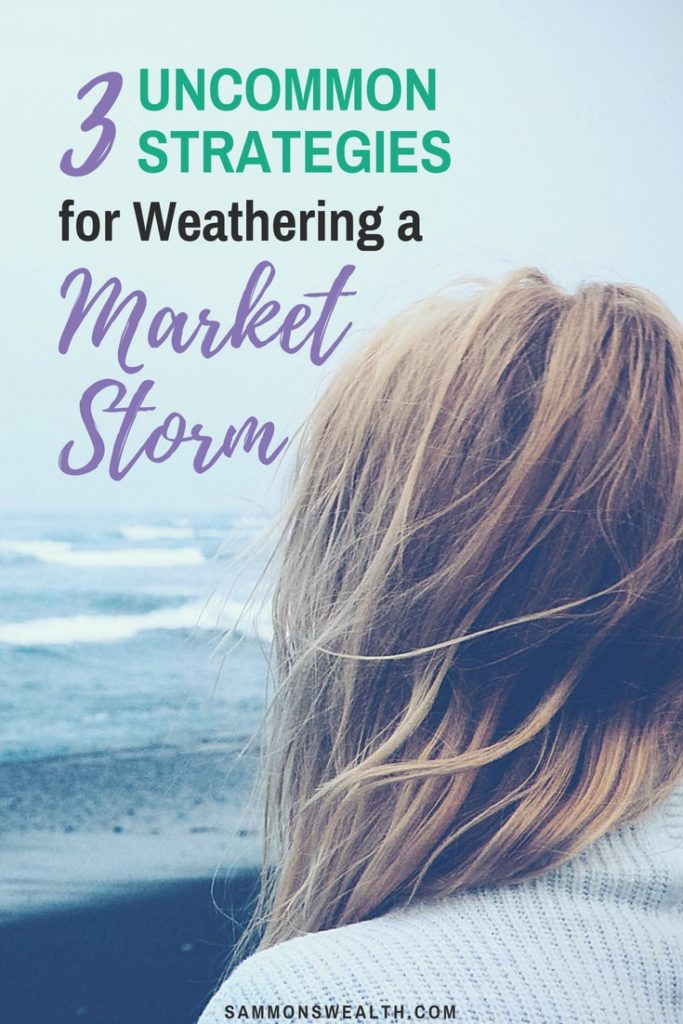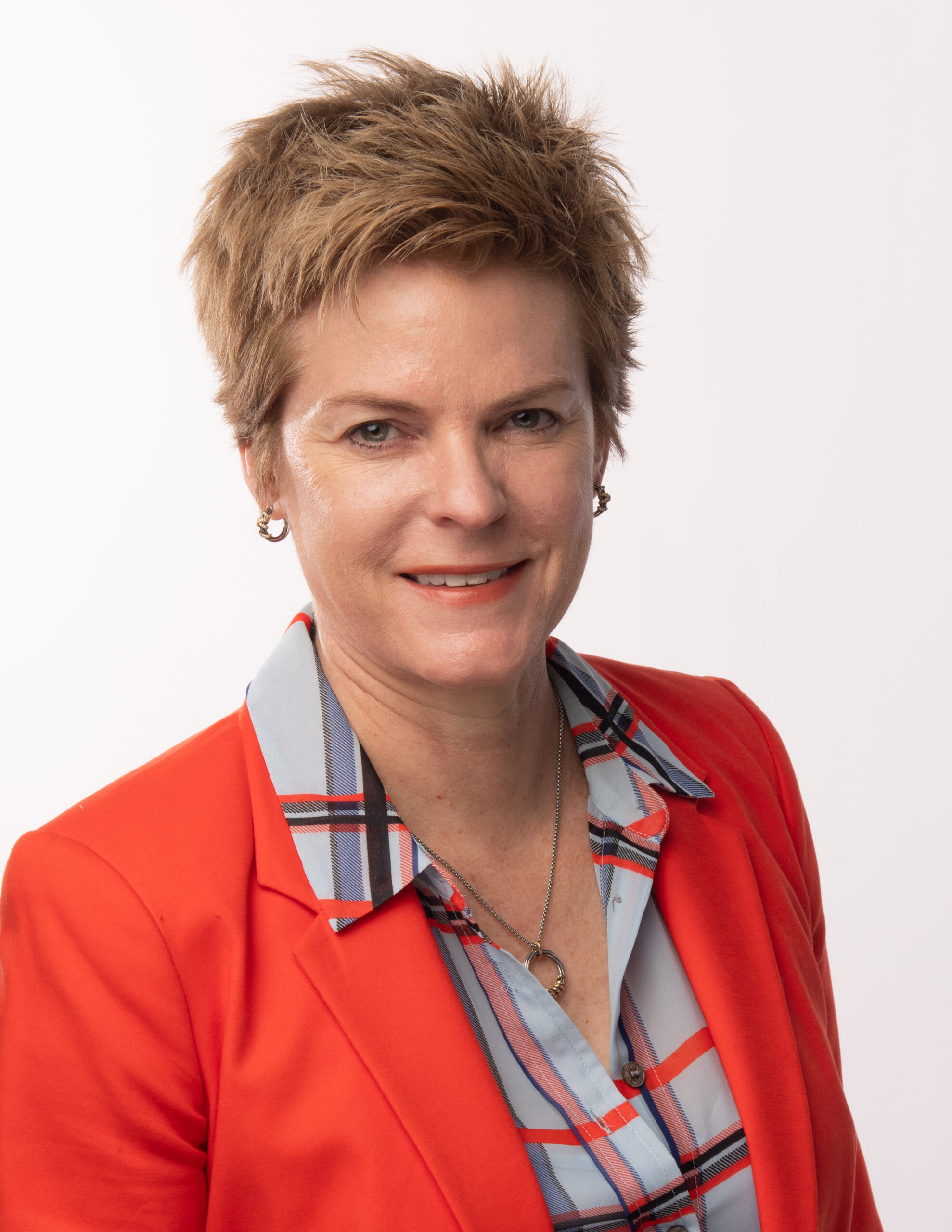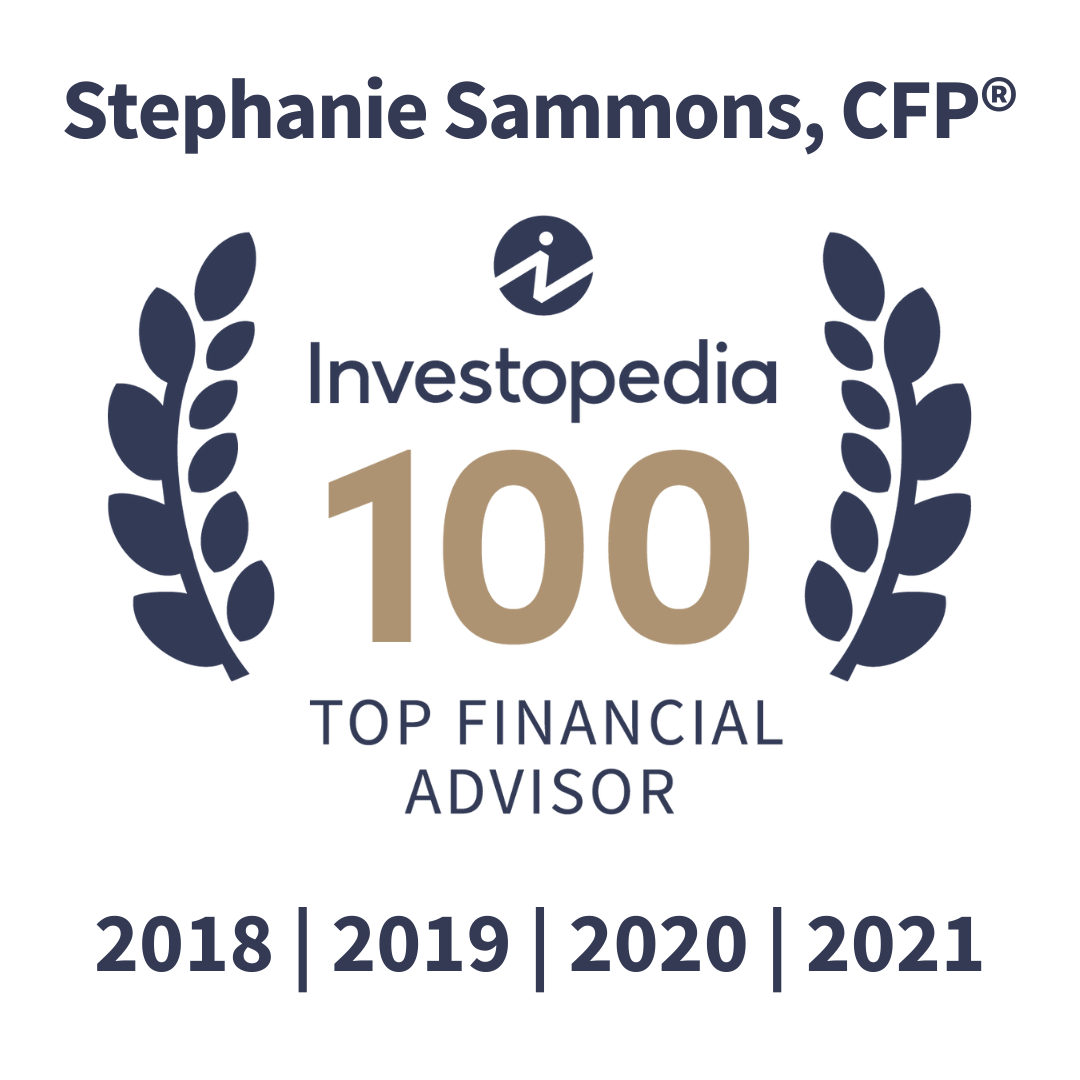
You may be wondering why I would bring up the possibility of a market storm while in the midst of a decade-long bull market!
The markets do have their seasons, and that includes frequent storms. Although we haven’t endured a meaningful market downturn in quite some time, I believe it’s better to be prepared for stormy weather than surprised by it.
Most investors today are accustomed to their investment accounts going up consistently and have become complacent. You open up your monthly statements and see more gains, which makes it easy to forget that over time, markets go up AND down. Your account values are always a moving target on paper.
Fortunately, the downs are temporary and the ups are permanent. But market downturns can still be very painful to endure. This is especially the case as you get closer to retirement.
At some point, this decade-long bull market will come to an end and you will be tested. However, you may be surprised to learn that successful investing has very little to do with bull and bear markets, and much more to do with your behavior.
I’m not going to deliver the typical short-term thinking advice you might hear in the news media, like when you should sell, sell, sell. Market timing never works and can have a devastating effect on your financial life.
What I am going to do is share some solid and perhaps uncommon behavioral strategies with you. These are strategies you do have control over and hopefully they will help you get through any future market storm with flying colors.
3 Uncommon Strategies for Weathering a Market Storm
1. Define your unique lifestyle vision
Forget about your investment portfolio for a minute. Where do you see yourself in the next 5, 10, 15, 20 years? Can you picture where you’ll be living and what you’ll be doing?
Envisioning the future lifestyle you want to live is the first and most important step to financial success. When you know where you’re going and what it’s going to take to get there, you will be more likely to stay the course and remain invested through a market storm.
Without a unique lifestyle vision, your investment portfolio really has no context. You don’t necessarily grasp how market ups and downs impact your future other than panicking or fearing the worst!
When you see exactly how your financial assets fit into your overall lifestyle vision, you will understand that a 20% or greater decline in value is not damaging if you stay the course. And when you stay the course you can focus on more productive and healthy ways to combat downturns such as adding more money to your portfolio, shoring up your spending temporarily, or waiting a bit longer to pull the trigger on retirement.
It is also true that when you frame your financial decisions in the context of your future self (your vision), you tend to make better decisions today. You are more willing to endure the short-term pain for the long-term gain.
I view the concept of developing a unique lifestyle vision as a critical part of the financial planning process. It’s something I practice with my clients and helps them stay more focused on implementing their plan rather than worrying about the markets.
Real market storms will matter much less when you get clear on your lifestyle vision and have a true financial plan in place. You will feel more insulated from these monsters and make better decisions.
2. Find your ideal personal risk level
Risk is relative. For one, it’s in the eye of the beholder (how you feel about ups and downs in your portfolio). Are you a person who is comfortable taking on risk or are you more risk-averse?
Beyond your feelings about risk-taking, risk is also relative to the various parts and pieces of your life. When it comes to taking risk in your financial life, you have to consider your unique personal situation.
For example, if you’re in your peak earning years, healthy, and planning to continue working for 10 or more years, you can probably afford to take more risk with your investment portfolio. Your ability to earn a living and produce income is a tremendous “human capital” asset.
On the other hand, maybe you have accumulated assets through a transition such as retirement, divorce, inheritance, or the sale of a business. In that case, it might make sense to take less risk with your investment portfolio as you may not need more income than growth.
Living within your means as well as your timeline are also important factors that should determine to the risk you can afford to take.
The bottom line is that risk is very personal. It’s not a one-size fits all.
When you haven’t figured out your ideal personal risk level, you may experience a “risk disconnect”.
A market storm may end up being much more painful for you than necessary. Or, you may be so fearful of the markets altogether that you keep your money in cash, which is just another form of risk!
I take my clients through a process to assess their unique risk number and compare that to the risk number associated with their current portfolio. This is an eye-opening process that allows us to get very clear on how they feel about risk. From there, we take into account other factors as I’ve mentioned above to arrive at their ideal personal risk level.
Getting clear on what risk level is right for you now can go a long way toward keeping you on track through a market storm.
3. Be a conscious spender
I’m not a big fan of budgeting. I find the process to be tedious. But I do believe it’s important to review your spending habits from time to time and be acutely aware of your spending!
What is a conscious spending?
Let me start by explaining what unconscious spending looks like: You sign-up for multiple media subscription services that hit your credit card or bank account each month. You go to the most expensive stores for groceries, clothing, etc. because it’s more convenient. You shop online more often and buy things you don’t need out of boredom. You order in or eat out more often than planning meals and cooking. You grab a Starbucks coffee instead of brewing your own. You wait until the last minute to book vacations and pay the highest prices.
I could go on and on with the list above but hopefully you get the point. If this sounds like you, you are probably suffering from unconscious spending. Simply becoming more aware of what’s going out each month and tweaking your spending habits at a high level can make a significant difference.
Smarter spending means more income available for saving, and more money to fund your future lifestyle. Instead of automating funds out the door, try reverse automation. Redirect that spending into your savings and investments.
Being a conscious spender is something you can control. Tightening your belt today will better serve you during any future market storm.
For some additional tips, check out this post I wrote on steps to take with your investment portfolio to protect yourself in a down market.
I hope these strategies help you think differently about how you approach an impending market storm!




